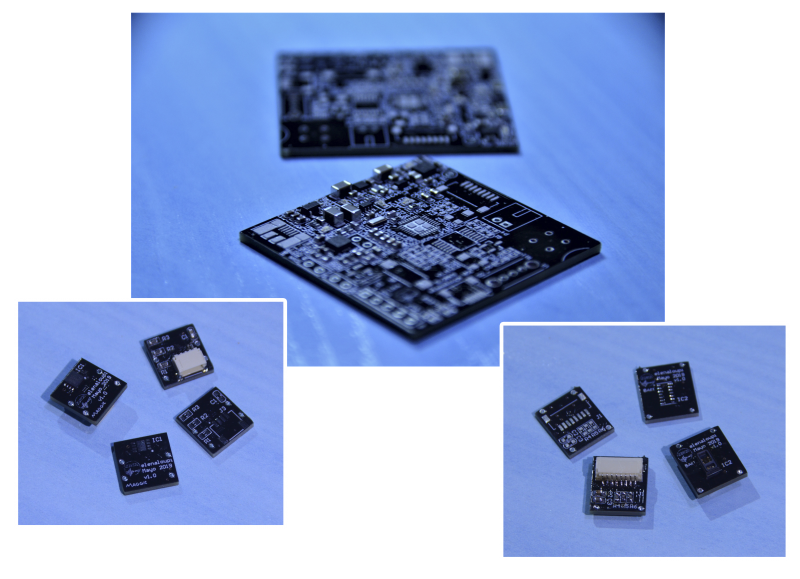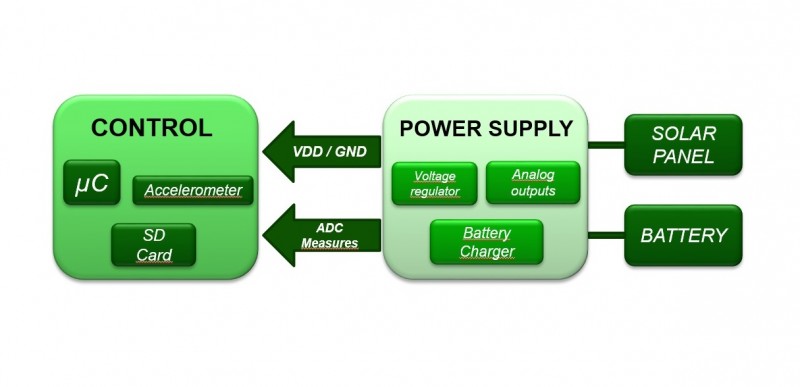Road safety is one of the objectives of the European Union due to the high number of infractions committed every year by drivers and pedestrians, and the large amount of accidents with fatalities registered in Europe year by year. Therefore, any step taken in order to deal with this problem is beneficial for everyone.
Current technology allows increasing the security measures of vehicles, which, together with consciousness-raising of drivers and pedestrians, take us one step closer to the reduction of these figures. Every day more people decide to use biosensors for controlling their vital signs. The transfer and adaptation of the aforementioned systems to the situation in which a driver is, permit to complement both legal actions accomplished and consciousness-raising measures, improving road safety.
The main objective of this Master’s thesis consists of the development of an electronic system that allows drivers to notice the indisposition to drive, permitting to avoid an accident and also an infraction.
After analyzing the parameters that affect driving and are related to the driver, those that can be monitored in a non-intrusive way and without using disposable material were chosen: body temperature, blood pressure, pulse, stress level, and alcohol level.
All of that has been gathered in a single module formed by three PCBs. Both hardware and software have been designed. The proposal has been assembled and the case and the band have been 3D-printed in order to form the final device with a smart bracelet form factor. This module has been designed with the purpose of having small dimensions and low consumption since it is powered by a battery.
Finally, several tests have been carried out to verify the proper functioning of the system. The biggest challenge was found while obtaining blood pressure based on the photoplethysmography signal. Through those tests, the developed software could be adapted according to the results obtained, since offset values that have to be applied and the times that sensors need could be known. This also permitted to discover errors committed during previous stages of the development process.
Therefore, it can be confirmed that the general objectives set have been accomplished.
Technical viability of the proposal could be proved, and this informs of the existence of several application fields that the project could have, as is the case of professional drivers.



